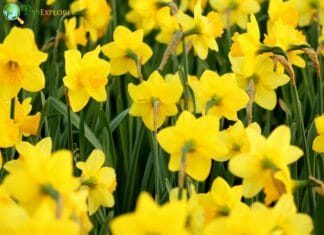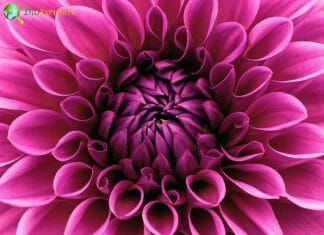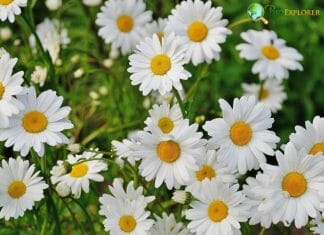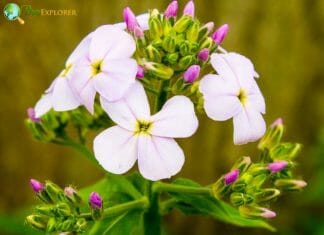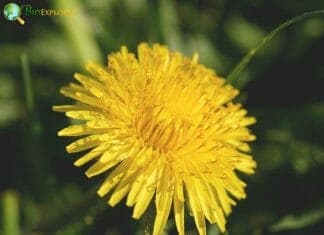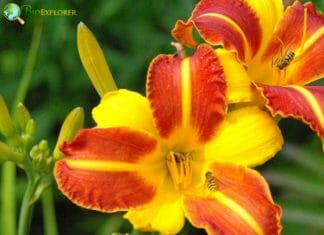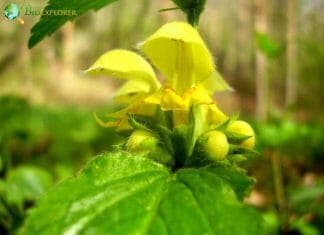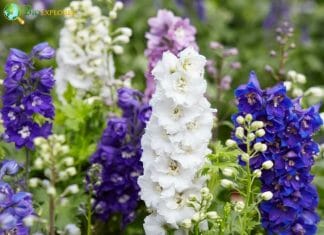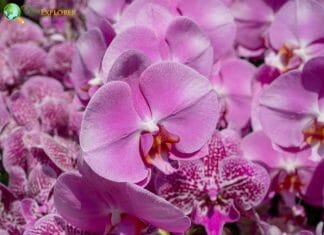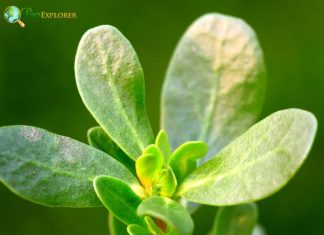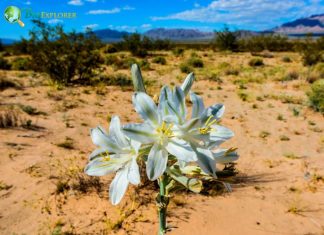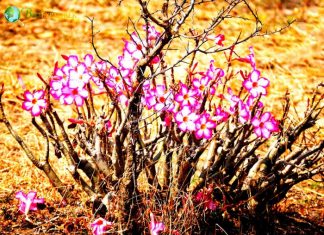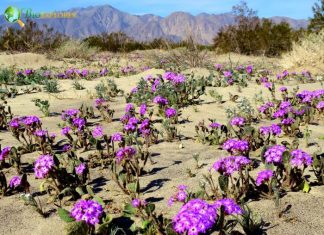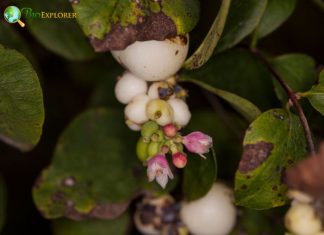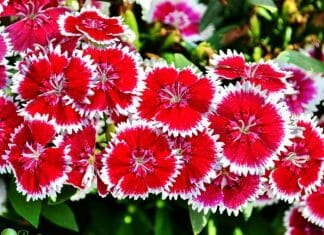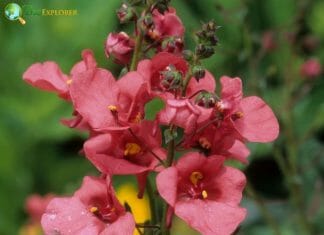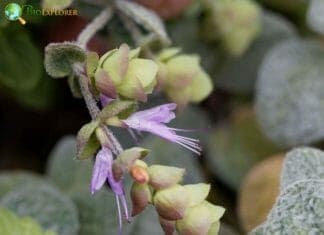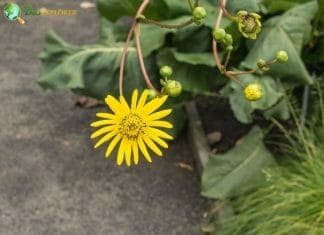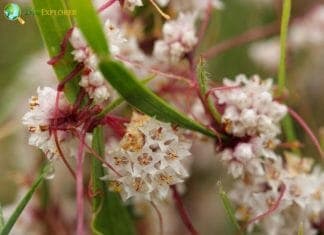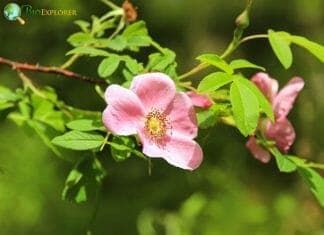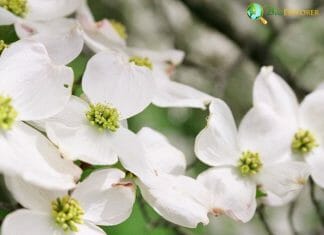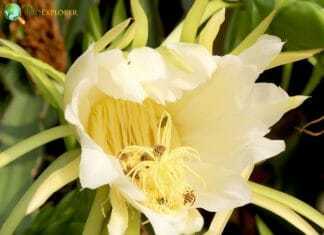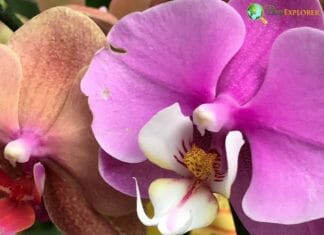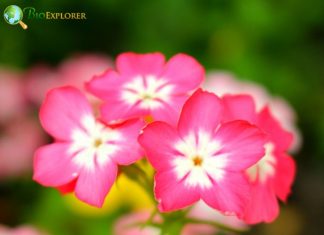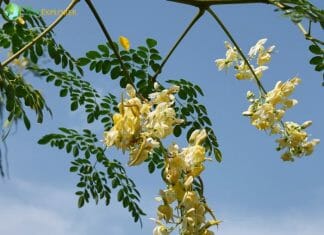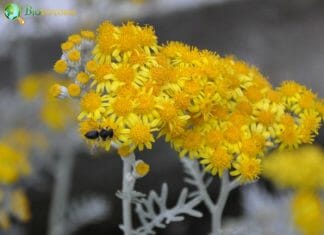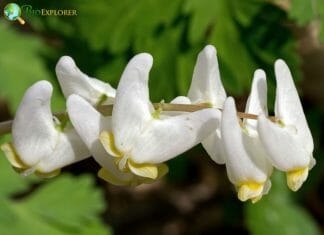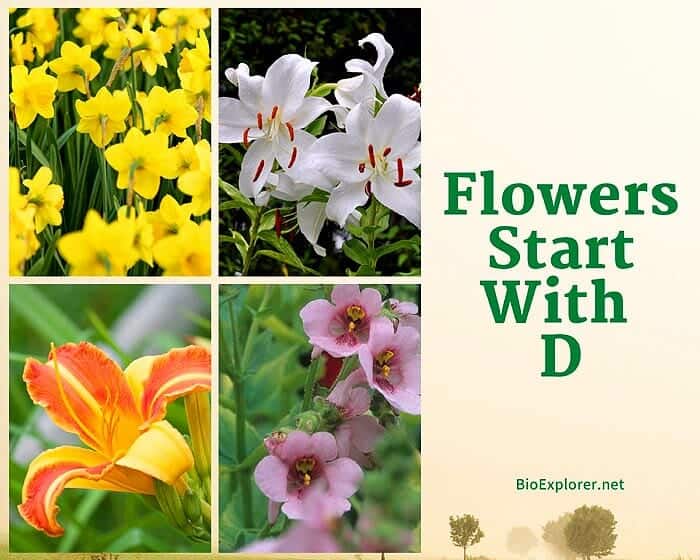
The flowering plants that we know today are the result of an evolutionary process spanning 100s of millions of years. Each flower has personality, standing out proudly from its fellows with their velvet jackets of velvety petals or contorting themselves at odd angles to capture more sunlight.
Flowers Starting with D
Here is a collection of all flowers starting with D.
Daffodil
Flower Type: Perennials
Daffodils herald spring and the awakening of nature with their trumpet-shaped blooms. They are among the few plant species that can successfully grow in snow. Daffodils are typically golden in color. However, there are new varieties of daffodils in pink, green, orange, yellow, and white.
Dahlia
Flower Type: Tender Perennial
Dahlia is available in various shapes, colors, and sizes, which makes it popular with florists and gardeners. Dahlias, along with sunflowers and daisies, belong to the Asteraceae family. Although more than 20,000 species in this family, Dahlias, Mexico's national flower, has become one of the most popular competition flowers today.
Daisy
Flower Type: Perennials
Daisies exude innocence, joy, and freshness. They are among the most famous flowers in the world, where they embellish cultivated landscapes and wild fields. They are available in many colors, including blue, red, pink, and white. Daisies are perennials that grow to a height of about 6 inches.
Dame’s Rocket
Flower Type: Biennials
The Dame's Rocket (Hesperis matronalis) is worth growing just for its delightful aroma. This herbaceous plant also offers striking sturdy flowers. It has loose terminal clusters of 4-petalled white, pink, or lavender flowers bloom in early summer and late spring.
Dandelion
Although Dandelion (Taraxacum offinale) is native to Asia and Europe, it is so hardy that it grows in all 50 states of the United States and most provinces of Canada and Mexico. The yellow flowers are up to 2 inches wide and have small, modified leaves known as bracts at their base.
Daylily
Flower Type: Perennials
Known for its flowers that bloom in a single day, Daylily (Hemerocallis spp.) has always been a favorite of many flower growers and gardeners worldwide. These attractive reddish-yellow, orange, or yellow flowering plants are often called the perfect perennials for many reasons.
Dead Nettle
Flower Type: Perennials
Dead Nettle is among the most famous wild herbaceous plants and is known for its sweet flowers. Originally, The Dead nettle is a perennial grass of 30-50 cm in height. It is native to Europe, China, Korea, and Japan. The most popular variety of dead Nettle has white flowers, but those with reddish and yellowish flowers.
Delphinium
Flower Type: Perennials
Delphinium is a famous ornamental plant that adds height and a pop of color to commercial and home gardens. Usually, its flowers come in gorgeous shades of blue and purple. Still, other cultivars showcase more yellow, red, white, or pink.
Dendrobium
Dendrobium orchids (Dendrobium spp.) are among the most popular orchid species among hobbyist growers and orchid lovers. Grown primarily as an ornamental houseplant or for their flowers, these striking beauties produce delicate and showy blooms in various colors, including pink, purple, green, and creamy white.
Desert Horse Purselane
Flower Type: Annuals
Triabthena portulacastrum is an annual herb of the family Aizoaceae. The Desert Horse Purselane is succulent and usually glabrous. The Desert Horse Purslane plant has been eaten for at least 2000 years.
Desert Lily Flower
Flower Type: Annuals
Hesperocallis undulata is the sole species of the genus Hesperocallis. Desert Lily thrives in the hottest and driest regions of the Southwest. The bulb of the Desert lily plant is edible. They have the same taste as garlic.
Desert Rose
Flower Type: Shrubs
The Desert rose plant is an evergreen, deciduous shrub of the Gentianales order. Desert roses can grow from 3.3 to 9.8 ft. It is a trendy ornamental plant with plumeria-like flowers.
Desert Sand Verbena
Flower Type: Annuals
The Desert Sand Verbena is a native species of the southwestern United States and Northern Mexico, growing in the sandy areas of the desert. The flowers are trumpet-shaped. The flowers are fragrant with 5 lobes.
Desert Snowberry
Flower Type: Shrubs
Symphoricarpus longiflora is an erect shrub of the Dipsacales family. It is often found in dry habitats. The flowers of the Desert Snowberry are fragrant and tubular. These flowers appear singly or in pairs along the leaf axils.
Dianthus
Flower Type: Annuals/Perennials
Native to Africa, Asia, and Europe, Dianthus, also known as pinks, is prized for its bluish-green, grass-like foliage and lush, star-clear, and often pungent flowers. Dianthus flowers are mainly in shades of white, red, salmon, and pink. The foliage is thin and sparsely distributed on thick stems.
Diascia
Flower Type: Annuals/Perennials
Diascia sometimes referred to as Twinspur, is loved for its luscious spring blooms in a range of cute colors, including white, orange, coral, lavender, and pink. A small nestled plant that looks fabulous in front of flower beds and garden edges. During flowering, a racemose apical inflorescence is formed, consisting of salmon, purple, white, orange, pink, or other colored flowers.
Dittany of Crete
Flower Type: Perennials
Dittany of Crete has long been a relatively unknown herbaceous plant. But ever since Joanne K. Rowling's Harry Potter Magical Apprentice mentioned Dittany as a magical herb, the medicinal herb and spice have been in the public spotlight. Dittany of Crete produces purple to pink flowers during the flowering period.
Dock
Flower Type: Perennials
Dock is a perennial herb with a hard, reddish, unbranched stem that reaches 1 to 3 feet in height. The leaves of the Dock plant are alternate, ovate to lanceolate, and 30 centimeters long. The flowers are small, greenish, and 5mm wide and bloom from June to October.
Dog Rose
Dog rose (Rosa canina) is a species of wild rose that belongs to the Rosaceae family. The Dog rose name is not intended to reduce its size or compare it to standard garden roses. The flowers range from white-pink to deep pink and pale pink. It has mainly five petals, and the stem is dotted with small pointed thorns.
Dogwood
Flower Type: Perennials
Dogwood (Cornus florida) shrubs and trees offer a spectacle of incomparable beauty in all four seasons. The primary attraction is the appearance of showy pink or white flowers that herald spring. Dogwood flowers are usually white, but some varieties produce pink, pale red, or yellow flowers.
Dragon Root
Dragon Root (Arisaema dracontium) is native to eastern North America and belongs to the Arum family. There are approximately 170 recognized species of Arisaema today. e greenish-yellow flowers are surrounded by a green mantle called a spathe.
Dragon’s Tongue
Flower Type: Perennials
The dragon tongue, also known as Hemigraphis repanda, Ruellia repanda, Waffle plant, and Dragon's breath, belongs to the family Acanthaceae and is native to India and Malaysia. It brings color to every corner and is one of the best options for beginners. The vivid and bright white flowers contrast beautifully with the earthy foliage.
Drummond’s Phlox
Flower Type: Annuals
Phlox drummondii is a showy annual flowering plant under the order Ericales. The Drummond’s Phlox can grow to 6-12 inches. Drummonds Phlox is considered one of Texas’ most beautiful wildflowers. In addition, it has been valued as an “exotic” cultivated garden flower in Europe for nearly 150 years.
Dusty Miller
Dusty Miller (Jacobaea maritima) is a garden staple and will possibly never go outdated. With its lacy texture and showy silver leaves, this plant looks gorgeous during the growing season. The flowers are yellow and reach full bloom in midsummer, the flowering time. Once the flowers are fully grown, they are very noticeable.
Dutchman’s Breeches
Flower Type: Perennials
Dutchman's Breeches (Dicentra cucullaria) is a graceful and easily recognizable wildflower in spring often found on gorges, valleys, ledges, slopes, rock forests, forest floors, and streams throughout most of the United States. It features deeply incised grayish-green fern foliage and clusters of waxy white flowers (rarely pink).
Cite This Page
APA7MLA8Chicago
BioExplorer.net. (2025, December 23). Flowers Starting with D. Bio Explorer. https://www.bioexplorer.net/plants/flowers/d/.
BioExplorer.net. "Flowers Starting with D" Bio Explorer, 23 December 2025, https://www.bioexplorer.net/plants/flowers/d/.
BioExplorer.net. "Flowers Starting with D" Bio Explorer, December 23 2025. https://www.bioexplorer.net/plants/flowers/d/.


